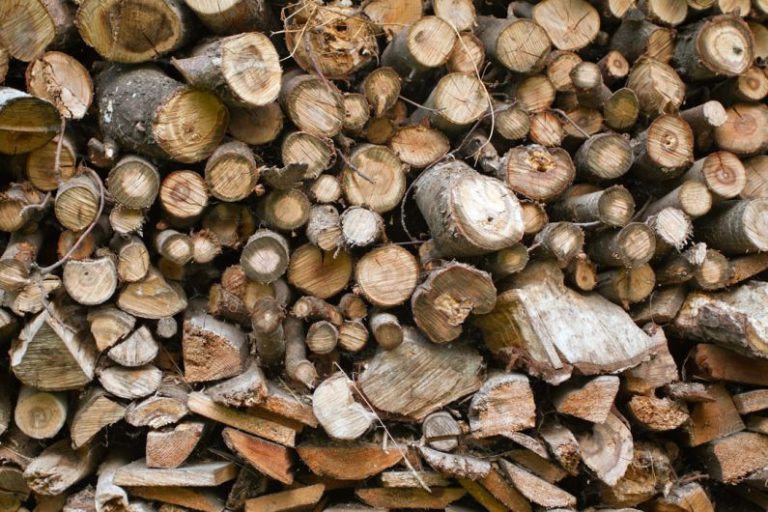How Often Should Retreaded Tires Be Inspected?
Retreaded tires are a cost-effective solution for extending the lifespan of tires, reducing waste, and saving money. However, to ensure safety and optimal performance, it is essential to inspect retreaded tires regularly. Proper tire maintenance is crucial for preventing accidents and maximizing the longevity of the tires. But how often should retreaded tires be inspected to ensure they are in good condition? Let’s delve into the details of tire inspections for retreaded tires.
### Understanding Retreaded Tires
Before delving into the inspection frequency, it is essential to understand what retreaded tires are. Retreading is a process where a worn tire’s tread is replaced with a new tread to extend its life. This process involves inspecting the tire casing for any damage or wear and then applying a new tread layer. Retreaded tires offer a cost-effective alternative to purchasing new tires, making them popular in commercial trucking and fleet operations.
### Factors Affecting Inspection Frequency
The frequency of inspecting retreaded tires can vary depending on several factors, including the type of vehicle, the tire’s age, the road conditions, and the distance traveled. Commercial vehicles that cover long distances regularly may require more frequent inspections compared to vehicles that are used infrequently. Additionally, the road conditions, such as rough terrain or extreme weather, can impact the wear and tear on the tires, necessitating more frequent inspections.
### Regular Visual Inspections
Visual inspections are the first line of defense in identifying any potential issues with retreaded tires. Regular visual inspections should be conducted before and after every trip to check for any visible signs of damage, such as cuts, bulges, or uneven wear. It is essential to inspect the tread depth and look for any foreign objects embedded in the tire. Any anomalies should be addressed promptly to prevent further damage and ensure safety on the road.
### Tire Pressure Checks
Maintaining proper tire pressure is crucial for ensuring optimal performance and safety. Underinflated or overinflated tires can lead to uneven wear, reduced fuel efficiency, and increased risk of blowouts. Regularly checking the tire pressure, including the spare tire, is vital for prolonging the life of retreaded tires. It is recommended to check the tire pressure at least once a month or before embarking on a long journey.
### Tread Depth Measurement
The tread depth of a tire is an important indicator of its overall condition and performance. As the tire wears down, the tread depth decreases, affecting traction and grip on the road. It is recommended to measure the tread depth regularly using a tread depth gauge to ensure it meets the minimum legal requirements. Tires with insufficient tread depth should be replaced to maintain safety and prevent accidents.
### Professional Inspections
In addition to regular visual inspections, it is advisable to have retreaded tires professionally inspected on a periodic basis. A qualified tire technician can conduct a comprehensive inspection of the tires, including checking the casing integrity, tread wear patterns, and overall condition. Professional inspections can help identify potential issues early on and prevent costly repairs or replacements down the line.
### Conclusion: Ensuring Safety and Longevity
Regular inspections are essential for maintaining the safety and longevity of retreaded tires. By conducting visual inspections, checking tire pressure, measuring tread depth, and seeking professional assessments, vehicle owners can ensure their tires are in good condition and road-ready. The frequency of inspections may vary depending on several factors, but a proactive approach to tire maintenance is key to preventing accidents and maximizing the lifespan of retreaded tires. Remember, safety always comes first when it comes to tire maintenance.






